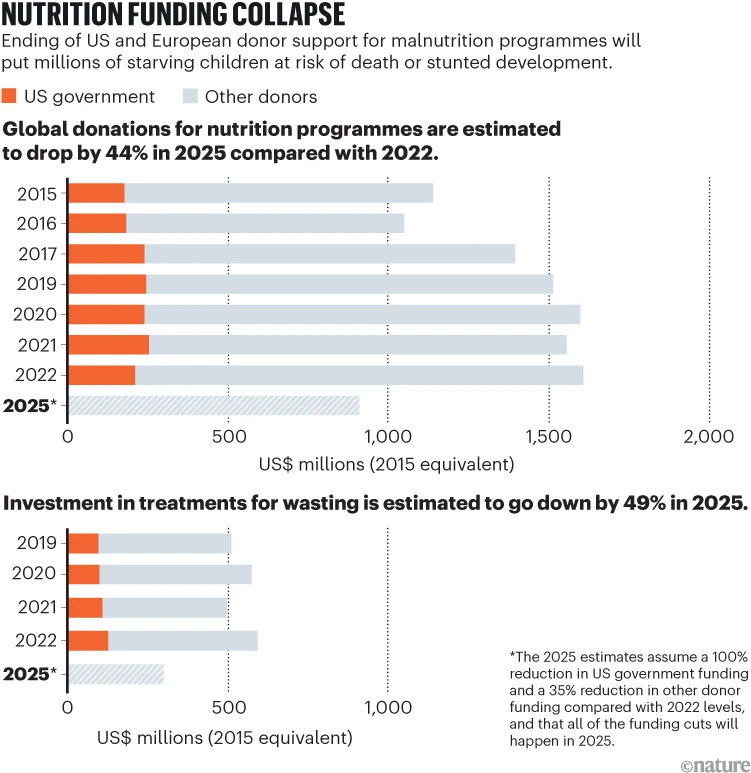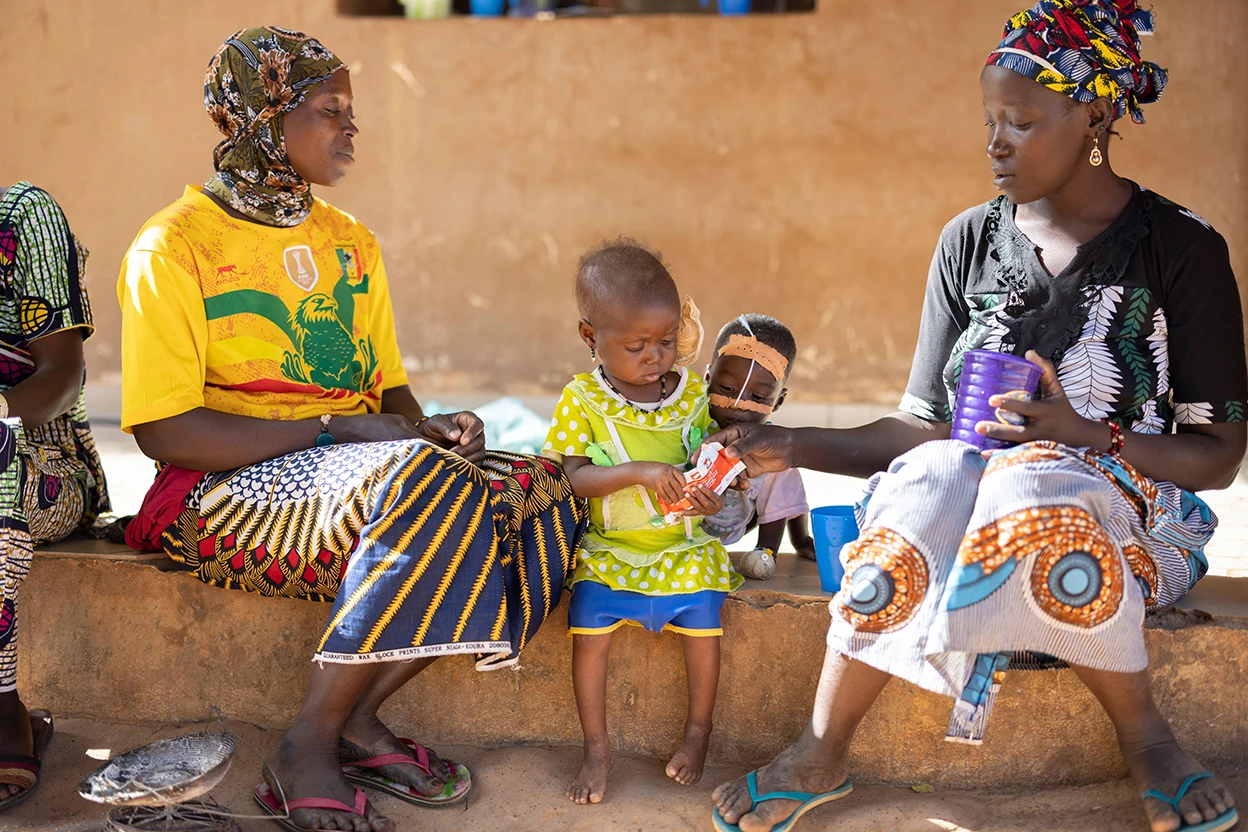The main recommendations from key players to address the current challenges include reducing the fragmentation of the ODA landscape; finding innovative, low cost and technology-based sources of data; enhancing ownership and leadership in development assistance by national states; and joining forces with private donors.
The shortfall of the US cannot be offset by other ODA donors, which shift their priorities from development aid towards strategic national interests, notably migration control and defence.
- The US was the largest contributors to FAO, supporting 14% of agency’s total budget. FAO’s Director-General reported on April 7th that 106 projects were terminated due to recent decisions of the US government, with a total value of $348 m (source). This includes $250 m under the Global Health security Program, focused on monitoring and rapid response to transboundary animal diseases. Terminated programmes include surveillance of avian flu in Central America, monitoring of avian flu outbreaks in key Asian hotspots (Cambodia and Vietnam), and support to veterinary laboratories to quick diagnose avian influenza in Western and Central Africa (source). FAO announced that it would eliminate 600 staff positions due to funding cuts (source)
- The Word Food Program (WFP) funding outlook in 2025 shows a reduction of 34%, decreasing from $9.8 bn last year to $6.4 bn this year (source). The agency will slash 25% to 30% of its workforce, or up to 6 000 jobs, by next year (source). Large donors reviewing their contribution to WFP are the reason for this expected drop in funding forecasts. With a total of $4.4 bn the US was in 2024 the biggest donor of the WFP (source). However, other countries are also decreasing their budget for multilateral development cooperation.
The analysis by the Centre for Global Development (source), based on the March 26 list, shows that considering the absolute amount of cuts, the most affected country is by far Ukraine ($1.4 bn).
The second most affected country is Ethiopia ($386.9 mn), followed by the Democratic Republic of Congo ($386.7 mn) Colombia ($309.3 mn), Uganda ($306.8 mn), South Africa ($260.6 mn), Palestine ($240 mn) Bangladesh ($229.2 mn), Kenya ($224.7 mn), Afghanistan ($223.1 mn) and Tanzania ($215.7 mn).
It does not seem that the shortfall of the US can be offset by other countries, as ODA is declining worldwide: according to an analysis that used OECD data and projections based on announced cuts to ODA by the main 17 DAC countries (accounting for 95% of total ODA from DAC), to decline from $213.1 in 2023 to $152.7 bn in 2026, meaning -28.3% (source).
The first draft of the Outcome document of the 2024 Seville conference on Financing for
Development recommends and commits to strengthening the SDG indicator framework, broader reporting by South-South providers, promoting open, interoperable data platforms to improve data sharing and accessibility, and enhancing coordination on data among IFIs, national and international statistical agencies, the United Nations, Member States, development agencies and relevant stakeholders (source, section II, point no. 57).
Development recommends and commits to strengthening the SDG indicator framework, broader reporting by South-South providers, promoting open, interoperable data platforms to improve data sharing and accessibility, and enhancing coordination on data among IFIs, national and international statistical agencies, the United Nations, Member States, development agencies and relevant stakeholders (source, section II, point no. 57).
The report Global Outlook on Financing Sustainable Development 2025, published ahead of the upcoming Conference on Financing for Development in Seville, calls for redirecting the capital available globally, starting with balancing ambition and practicality in addressing sustainable development priorities. Inclusive governance and policy coherence are critical to overcoming the hurdles, as disparities in decision-making structures and resource allocation undermine global trust and co-operation. It also includes the mobilisation of national funds through improved tax collection and private investments. To enhance accountability and transparency in resource allocation, the report urges strengthening the global financing for development monitoring system to restore trust among all countries (source, source).
Leading nutritionists commented on the journal Nature that the unprecedented crisis requires the world to rethink aid to nutrition, as well as to prioritize and expand financing options; saying that global development partners, governments and donors should mobilize immediately to safeguard nutrition for the world’s most vulnerable populations. Governments in Low and Middle Income Countries should be supported and developmentfinance institutions should further increase global funding for nutrition programmes. Funding from outside the nutrition sector could be leveraged by accelerating efforts to make agricultural, workforce and climate investments more ‘nutrition smart’ (source).
Forthcoming:
30 June - 3 July 2025 in Seville, Spain. The 4th International Conference on Financing for Development (FfD4)
- 01/07: 16h30–18h CGIAR and International Food Policy Research Institute (IFPRI) will organise high-level side event at the UN Financing for Development Conference (FfD4). Spotlight on new research, innovative financing pathways, and dynamic policy solutions.




No comments:
Post a Comment